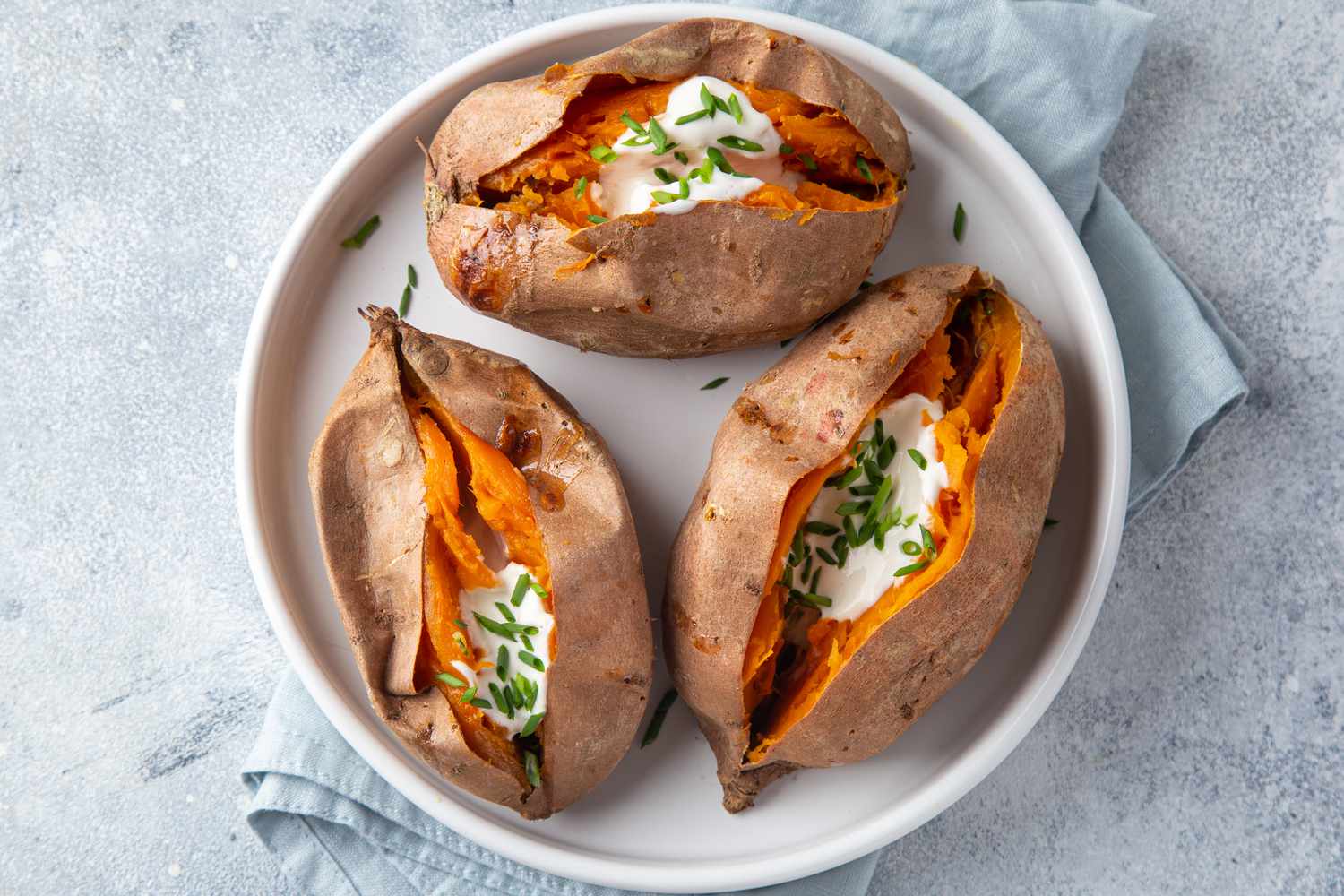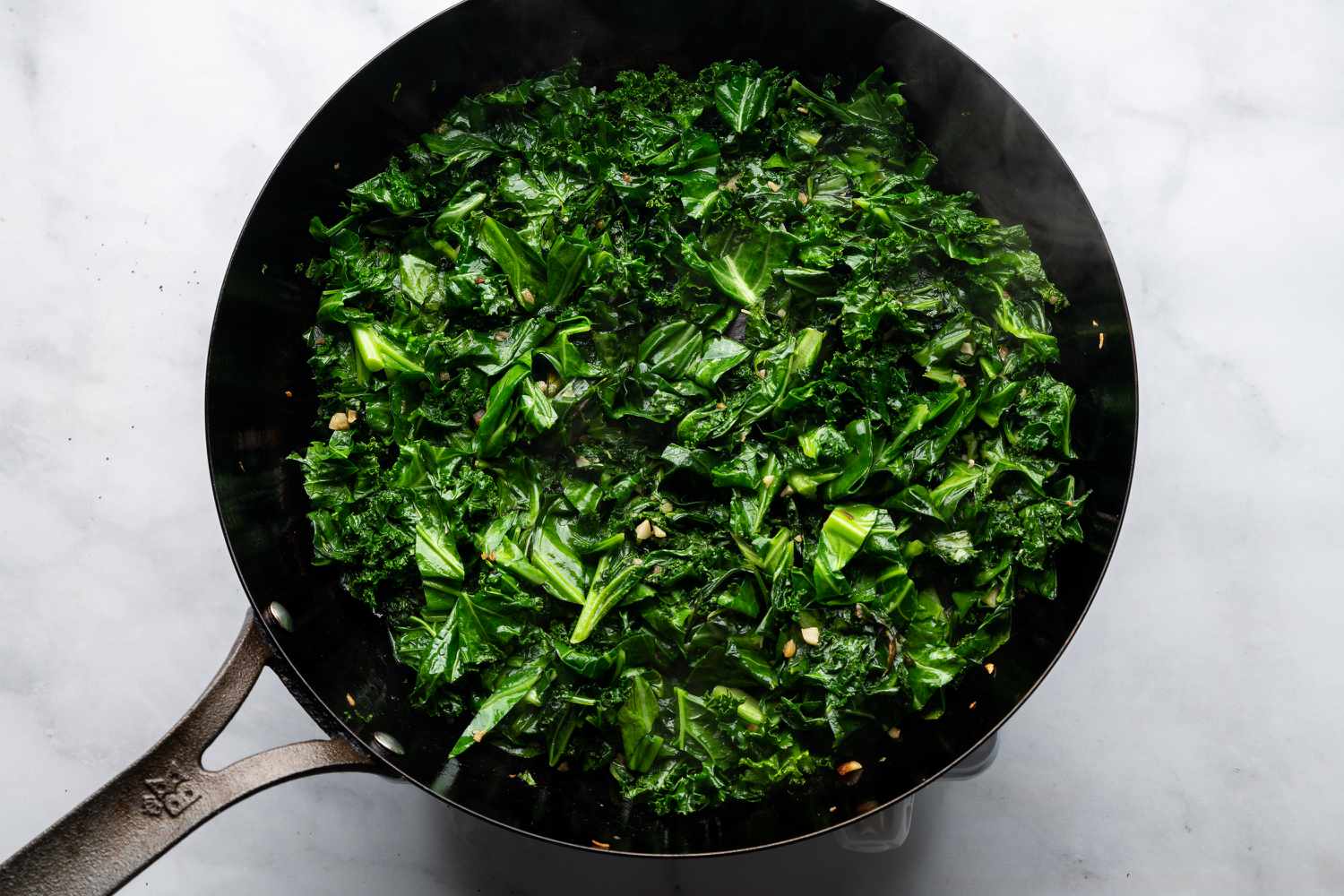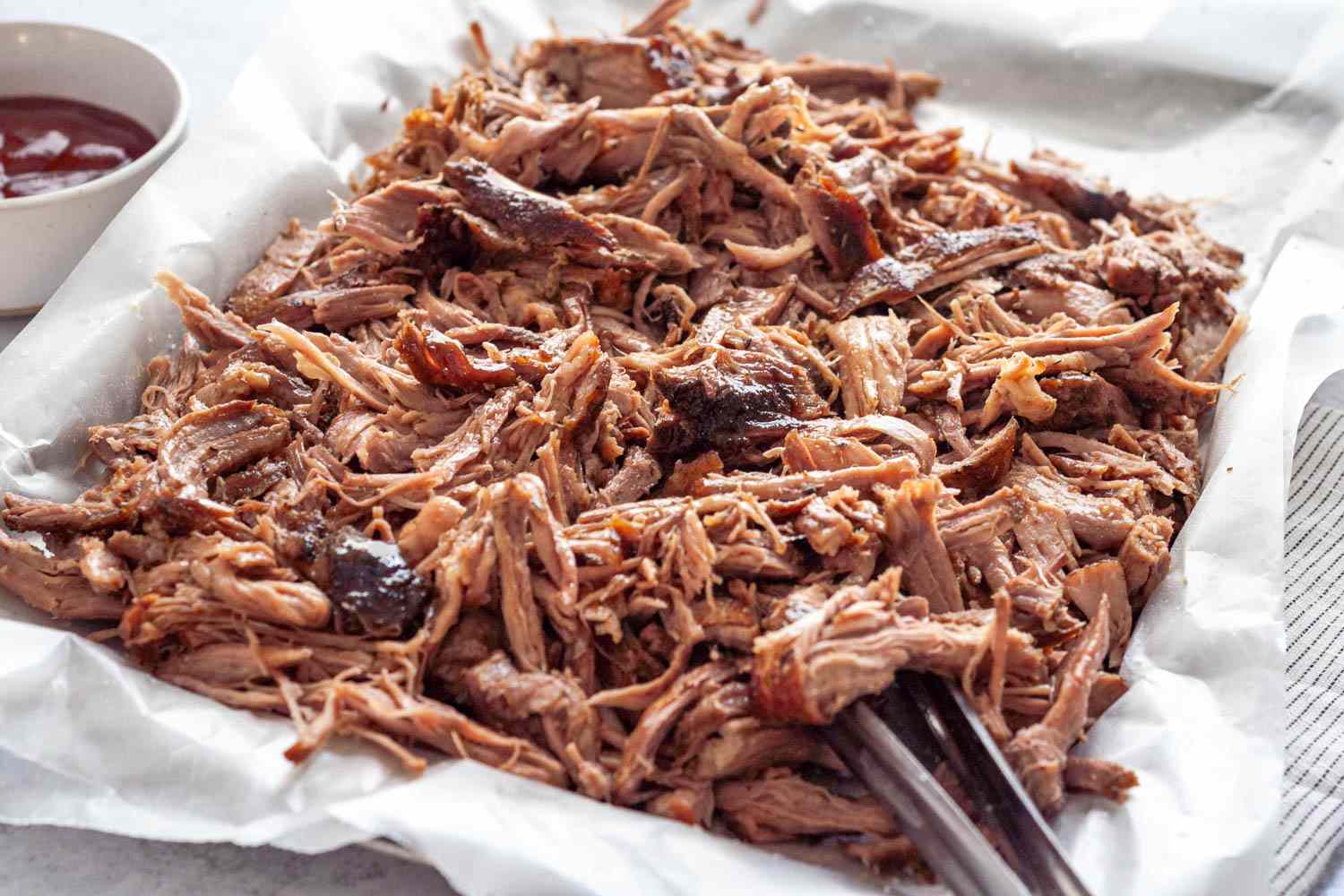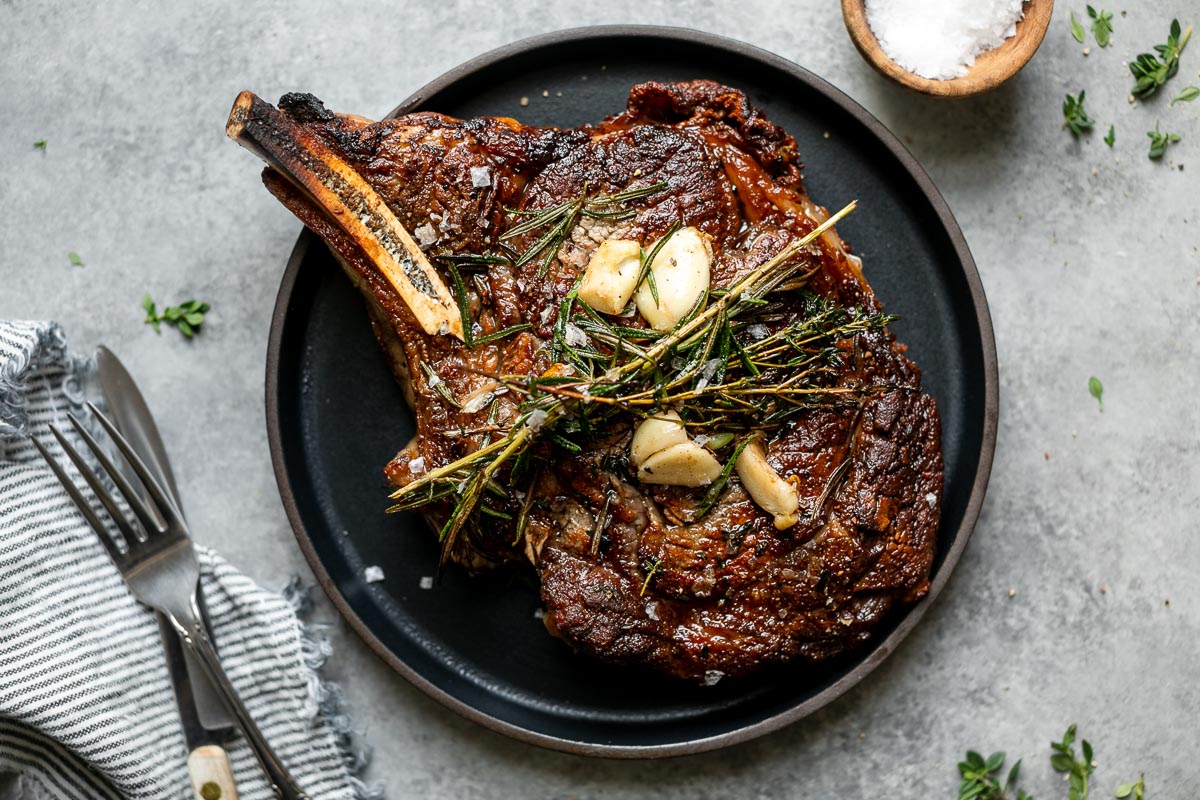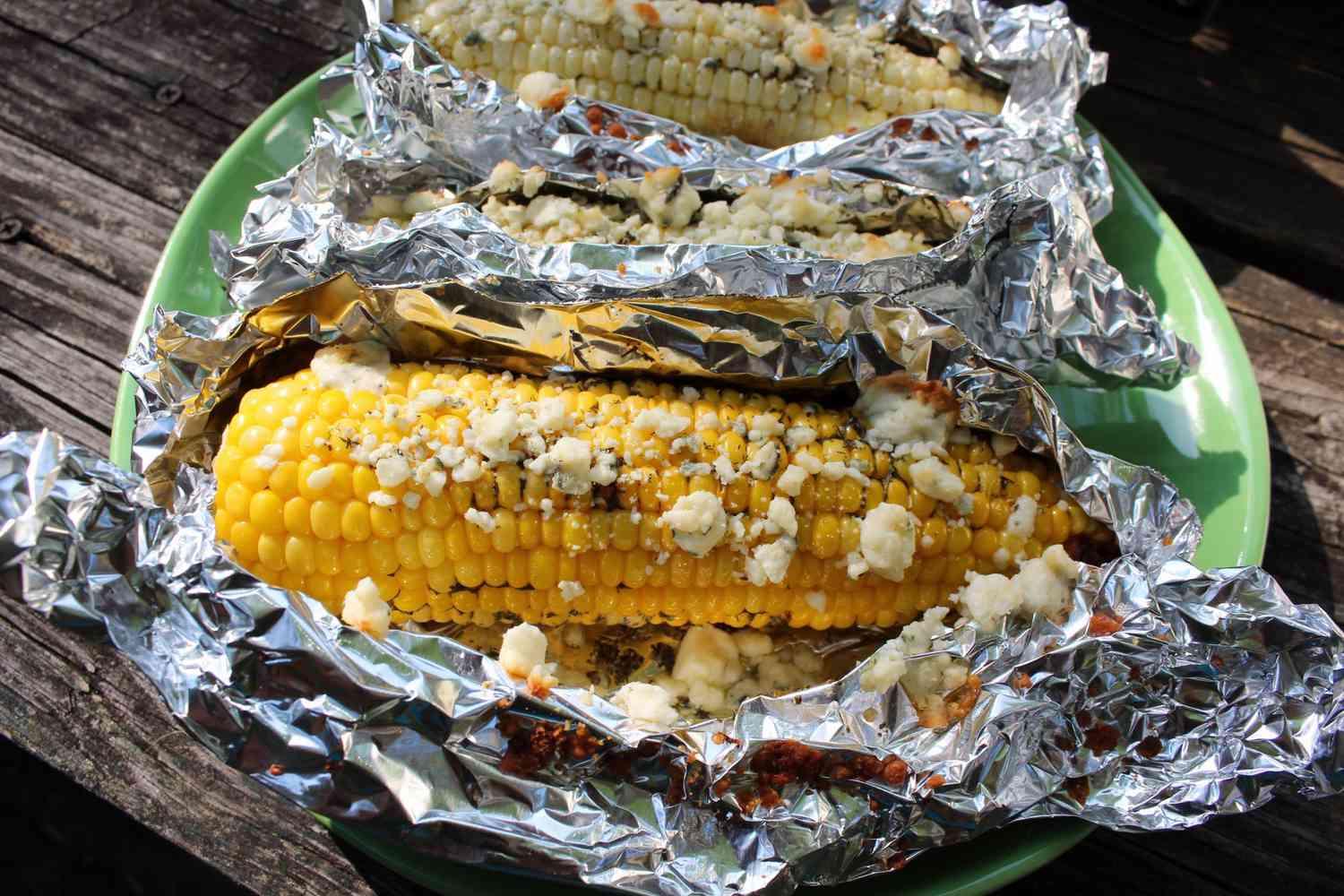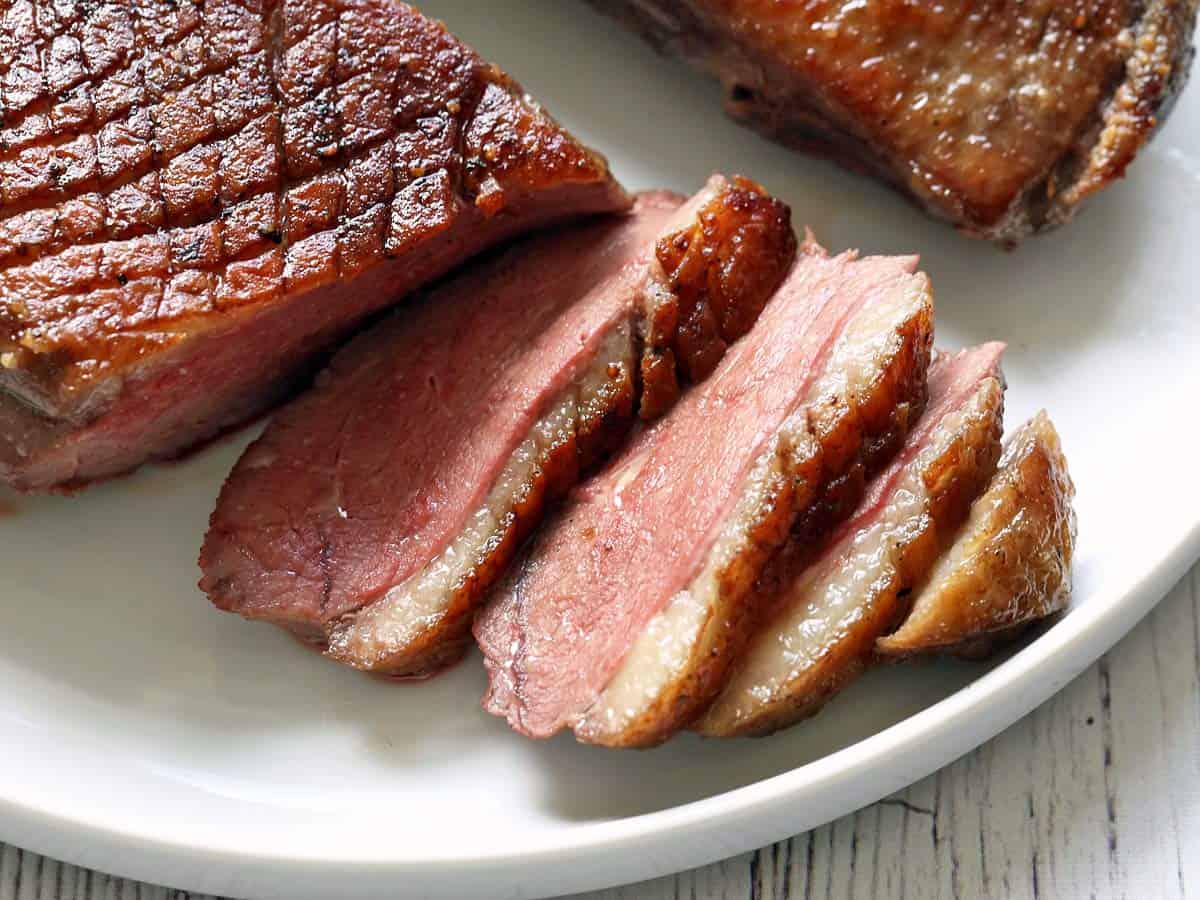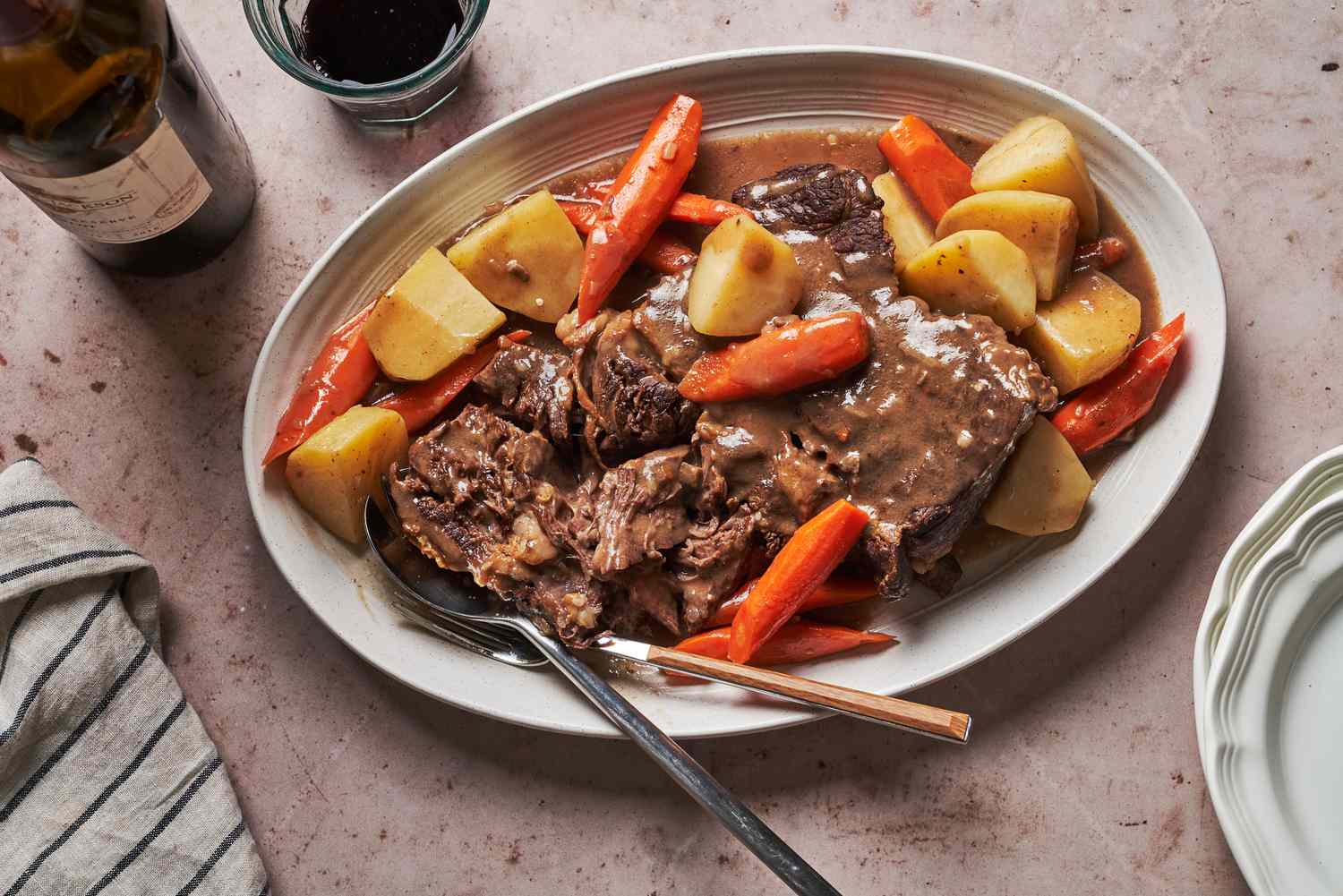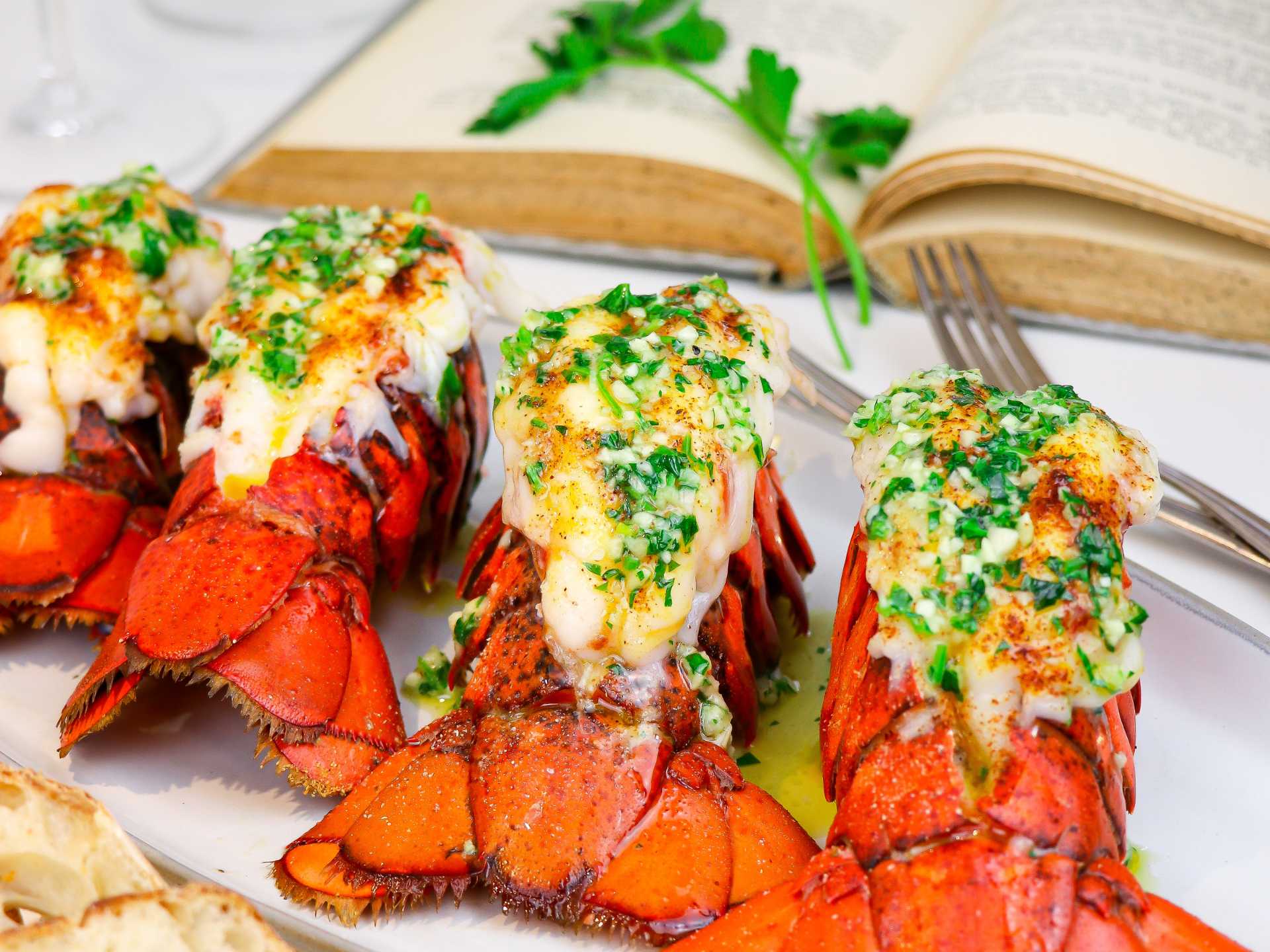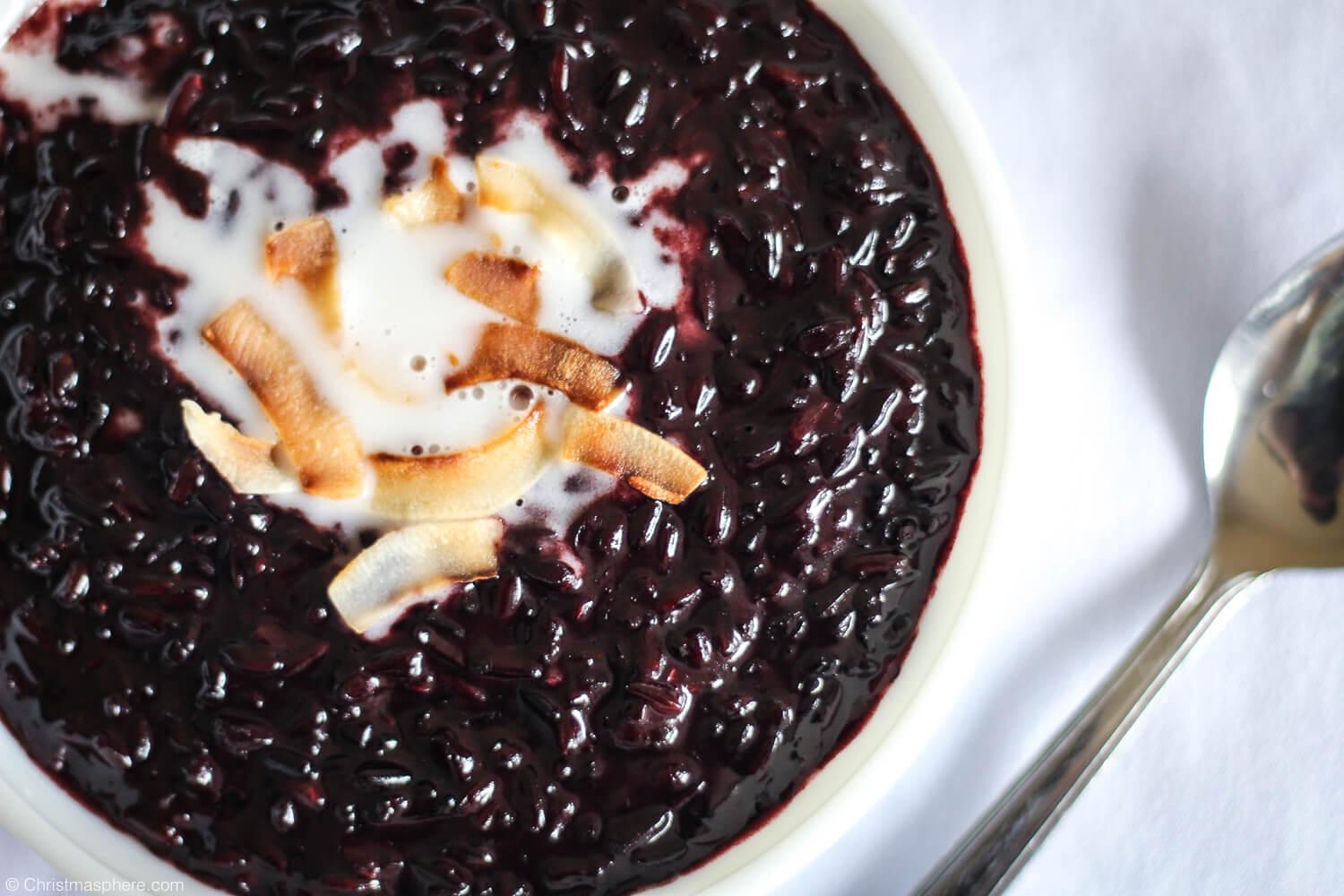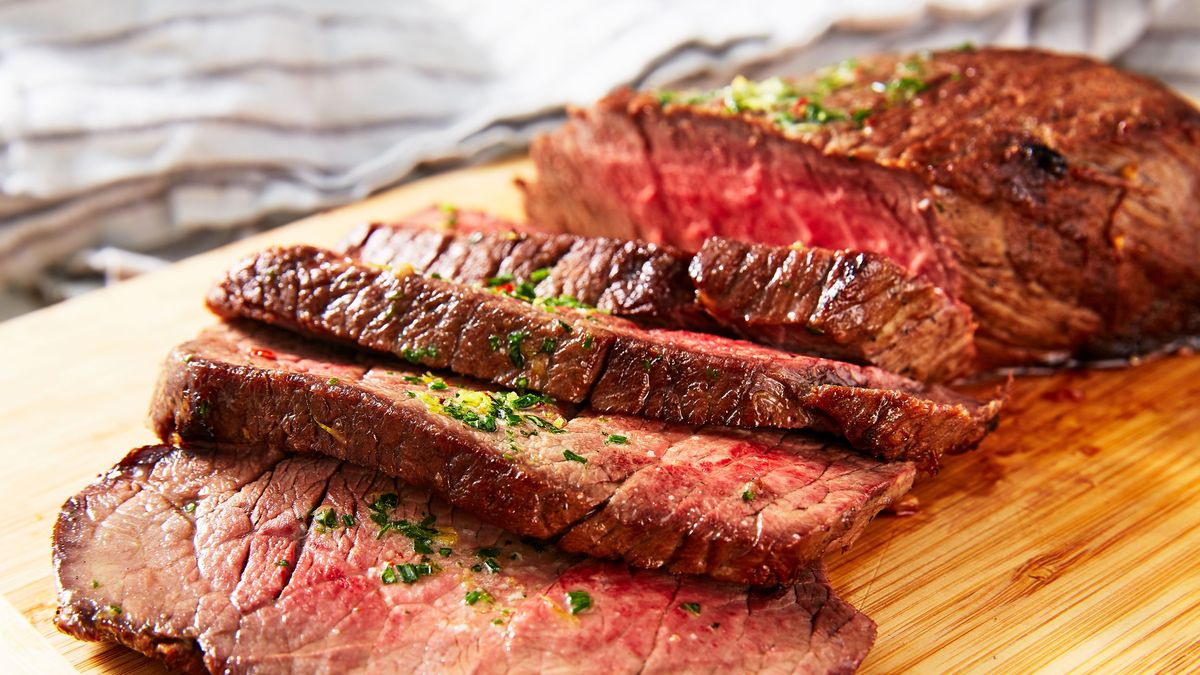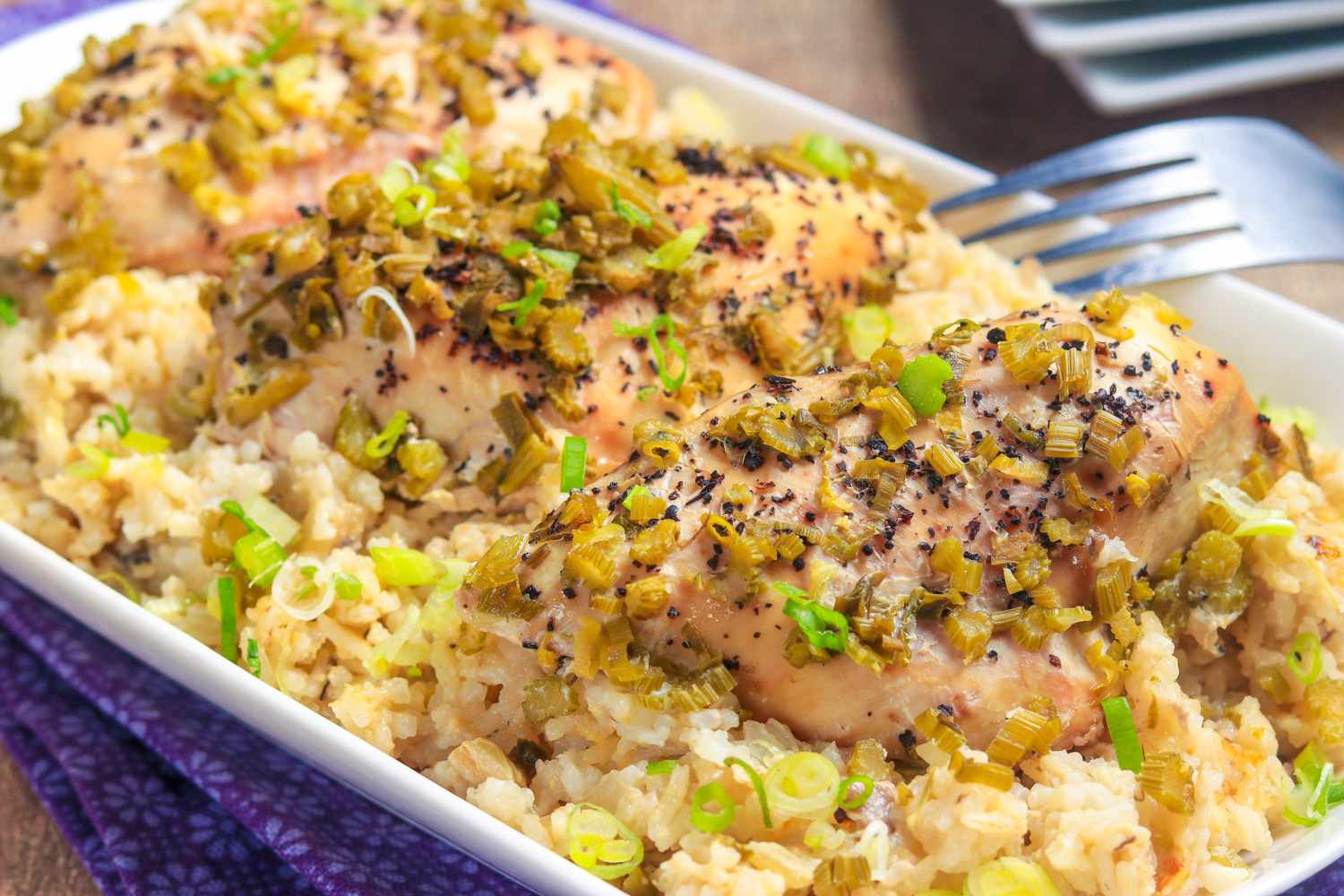How to Cook Tenderloin: A Guide to Tender and Juicy Delights
When it comes to preparing a delicious and succulent dish, tenderloin is a cut of meat that never disappoints. Whether you’re cooking a mouthwatering beef tenderloin or a luscious pork tenderloin, mastering the art of cooking this prized cut will take your culinary skills to the next level. In this guide, we will walk you through the steps to achieve a tender and juicy tenderloin every time.
1. Choosing the Perfect Tenderloin:
Before you start cooking, it’s crucial to select high-quality tenderloin. Look for meat that is bright pink, with marbling throughout. Opt for grass-fed beef or organic pork, as these are known to be more flavorful. A good-sized tenderloin should weigh between 1.5 to 2 pounds.
2. Preparing the Tenderloin:
Start by trimming off any excess fat or silver skin from the tenderloin. This will ensure even cooking and prevent any chewiness. Season the meat generously with salt, pepper, and your choice of herbs and spices. Allow the tenderloin to come to room temperature before cooking.
3. Cooking Methods:
There are several cooking methods you can choose from to cook tenderloin:
- Roasting: Preheat your oven to 425°F (220°C). Place the seasoned tenderloin on a rack in a roasting pan, and roast for about 20-25 minutes per pound, or until the internal temperature reaches 145°F (63°C) for medium-rare. Let it rest for 10 minutes before slicing.
- Grilling: Preheat the grill to medium-high heat. Cook the tenderloin for about 6-8 minutes per side, or until the internal temperature reaches 145°F (63°C) for medium-rare. Rest the meat for a few minutes to allow the juices to redistribute before slicing.
- Searing and Oven-Baking: Heat a skillet with oil over high heat. Sear the tenderloin on all sides until browned. Transfer the seared meat to a preheated oven at 425°F (220°C) and cook for about 12-15 minutes, or until the desired doneness is reached.
4. Doneness and Resting:
For optimal flavor and tenderness, it’s best to cook tenderloin to medium-rare or medium. Use a meat thermometer inserted in the thickest part of the meat to ensure it reaches the desired internal temperature. Once cooked, remove the tenderloin from the heat source and let it rest for at least 5-10 minutes. This ensures that the juices redistribute throughout the meat, resulting in a juicier and more tender final product.
5. Serving and Pairing:
Now that you’ve successfully cooked a tender and juicy tenderloin, it’s time to serve and enjoy it. Slice the meat into medallions or thick slices, depending on your preference. Serve it with your favorite sides, such as roasted potatoes, sautéed vegetables, or a fresh salad. Pair it with a rich red wine or a creamy sauce to complement the flavors.
Remember, practice makes perfect. Don’t be discouraged if your first attempt isn’t flawless. With time and experience, you’ll master the art of cooking tenderloin and create memorable dishes that will leave your guests impressed. So, put on your apron, grab that tenderloin, and let your culinary adventure begin!
Was this page helpful?
Read Next: How To Cook Beef Tenderloin
